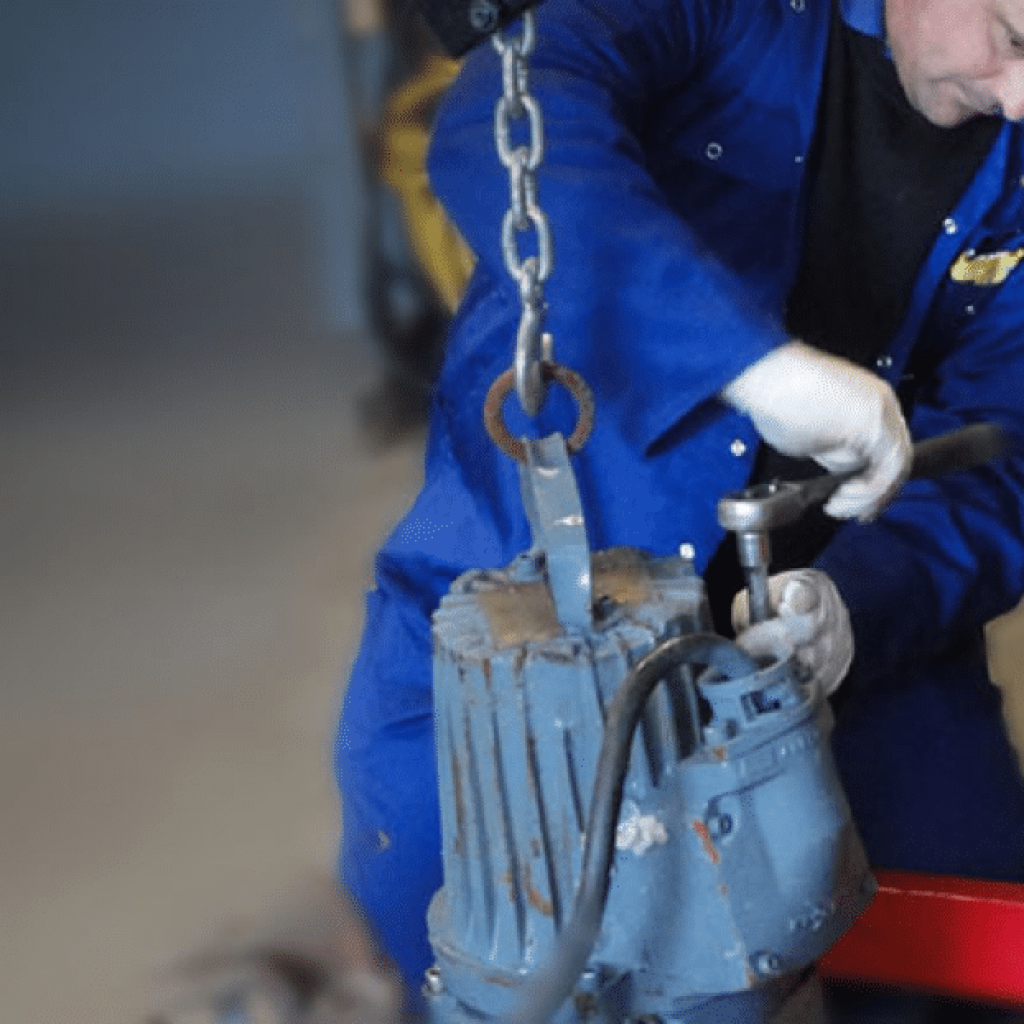Today’s blog post is brought to us by Nicole Dyess from our Partner at Motors At Work.
In an earlier blog I explained the condition monitoring process and how it can help preserve the health of your motors and motor-driven equipment. In this post we focus on energy-based condition monitoring and its advantages over other condition monitoring techniques.
Energy-based condition monitoring offers three advantages over more common condition-monitoring techniques, like vibration and thermography. First, it’s difficult and expensive to monitor vibration, thermography, and ultrasound remotely so these tools tend to be interval based — e.g., quarterly or annually. With the Internet of Things and rapidly declining sub-metering costs, energy monitoring is an increasingly affordable method for providing continuous, remote monitoring.
Second, ultrasound, vibration, and thermography only identify whether your motor is operating normally or not. These diagnostics identify an issue if there is one or, in the absence of an issue, consider a motor healthy. But, energy-based condition monitoring can detect motor-damaging electrical stressors, such as voltage unbalance, before they damage your asset [Figure 1]. With that knowledge, you have a chance to intervene and correct the issue before it harms your asset.
Third, energy-based condition monitoring uses energy efficiency as a leading indicator of motor failure. Whether a motor is just beginning to arc between windings or has a bearing issue emerging, the motor consumes more energy to generate the same output. That means its efficiency has declined. These slight efficiency changes signal that your motor is stressed. Because energy-based condition monitoring platforms, such as Motors@Work, continuously monitor your motors and compare new to historical measurements, these platforms detect that your motor needs attention — often before ultrasound, vibration, and thermography
Energy-based condition monitoring effectively detects thermal, mechanical, and environmental stressors — not just electrical stressors. For example, imagine a motor that’s thermally stressed because it’s outdoors on a 99°F day, effectively reducing its ability to cool itself. As the motor’s temperature increases, its electrical resistance (in Ohms) increases. In turn, the higher resistance converts a greater percentage of the motor’s electrical input into heat. The hotter the motor becomes, the more electrical power input it requires to deliver the same output. In other words, its efficiency declines. Similarly, a motor with a bad bearing requires greater electrical input to overcome the increased bearing friction and deliver the required output — even before the bad bearing hits detectable vibration and thermal levels.[1], [2]
Our next blog will detail how regular condition monitoring helps to maximize your capital investments in your motor-driven systems. To learn more about how condition monitoring can decrease your motor operations and maintenance (O&M) expenses by up to 25%,[3] download our white paper.
[1] Dr. H.G. Brummel, “Online Monitoring of Power Plants,” Siemens Power Generation (2006).
[3] T.A. Cook, Maintenance Efficiency Report (August 2013)
About Nicole
NICOLE DYESS
Director of Client Solutions
Nicole (Kaufman) Dyess has 20 years’ experience optimizing the performance of motor-driven systems. She began her career at Advanced Energy testing thousands of motors, consulting with motor & appliance manufacturers on their designs, and documenting motor management best practices for the US Department of Energy. Subsequently, she managed statewide energy efficiency programs at the NC Department of Commerce and then facilitated sustainability projects for the City of Raleigh. Nicole holds master’s degrees in mechanical engineering and public administration.





